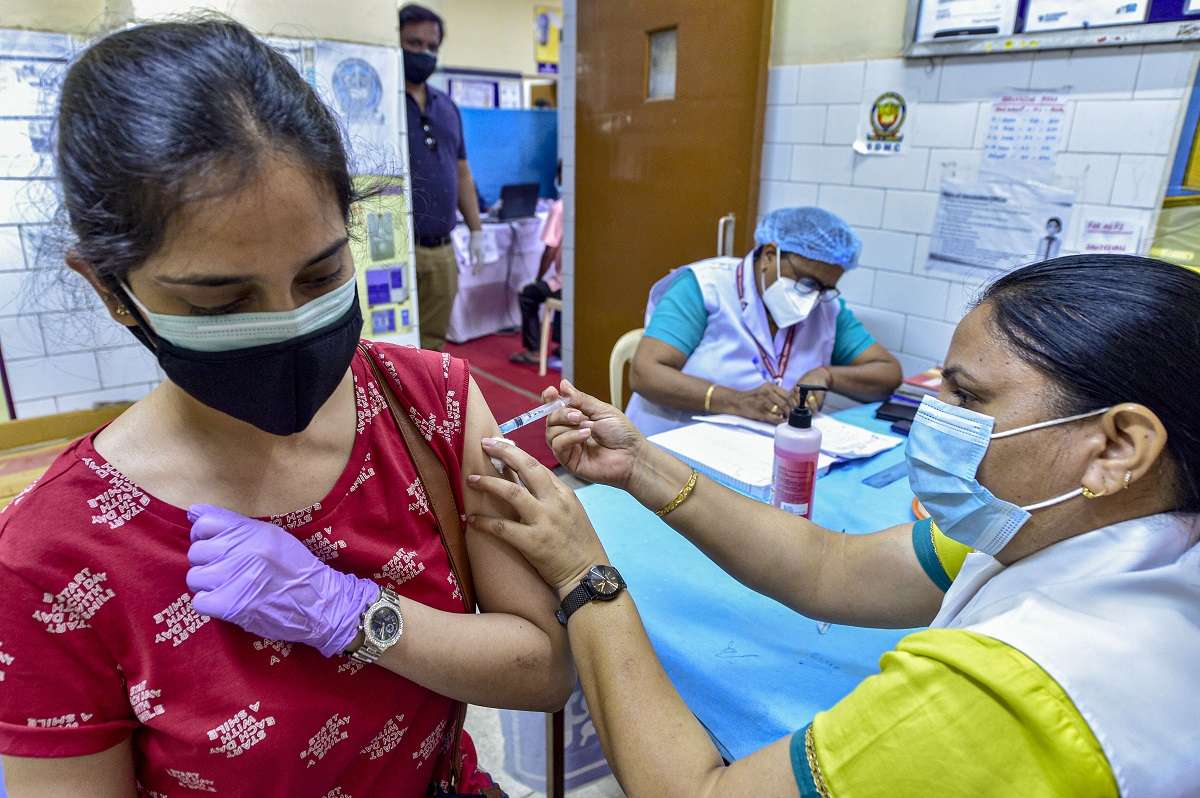The health industry has come a long way in identifying, mitigating and preventing diseases that used to shake the quotidian existence of mankind with the help of advanced medicine. However, the benefit of these developments has not been equitable due to the ignorant practices of medical research and testing. Accepting the difference between the female and male body is the fundamental detail that the medical industry has been ignoring for ages now. Aristotle, who is heralded as the father of modern medicine called the female body “a mutilated male” which set the wrong tone for the entire discourse of medical research and testing.

The idea that the female body is atypical and the male body is typical has sidelined the former from medical research for a long time. It has adversely affected women’s health in ways unfathomable due to inadequate knowledge of how medicines react differently in males and females. It is important to look at the existing practices in the domain of medical research and testing so as to understand the gendered gaps that are putting the health of women at severe risk.
The female body as a body of its own
The female body is not a deviated version of the male body. The XX chromosomes present in every cell of the body influence their bodily functions. The female body was an object of mystery that the male-dominated medical stratum did not bother to explore. The differences in hormones, tissues and structures influence the impact of every disease and how it needs to be treated. However, women’s health has so long been wrapped up in their reproduction alone for these nuances to be understood and addressed.
One of the recent examples would be that of a sleeping drug called Ambien which is used by millions of people to treat insomnia. After an analysis of 26 years of data on its usage, FDA issued a black box label against the company in 2019. They realised that the medicine metabolised differently in women than men which resulted in next-day driving impairment for females when consumed in doses as prescribed to men.
One of the recent examples would be that of a sleeping drug called Ambien which is used by millions of people to treat insomnia. After an analysis of 26 years of data on its usage, FDA issued a black box label against the company in 2019. They realised that the medicine metabolised differently in women than men which resulted in next-day driving impairment for females when consumed in doses as prescribed to men. They later recommended that women take half the dose of the medicine when compared to men. Citing this as an example of rampant sex discrimination in medical research, several organisations have come forward to educate people about the same. Ambien’s case is not an isolated incident.

Similar is the case with certain antidepressants, painkillers and antibiotics. Some of them tend to increase the QT (the resting time between heartbeats) of the patient. However, women’s QT is already longer than that of men. The administration of these medicines on women can further increase their QT which can lead to arrhythmia or even sudden cardiac death. A lot of drugs prescribed today to women continue to be the ones that are tested only on men. Such events call for sex-based research so as to understand the ways in which a drug reacts differently in males and females.
Male body as the standard
The underlying reason that sidelined women in medical research is the tendency to hold the male body as the standard. The conception that the male and female body are alike apart from their reproductive functions sailed the medical research fraternity in the wrong direction for a long time till 1993. It was only in 1993 that the FDA mandated the inclusion of women in clinical trials. Until then, women were left out of medical trials considering the introduction of several variables due to hormonal fluctuations during the menstrual cycle which also made the tests very expensive.
A male bias inadvertently crept into the domain of medical research which assumed similar responses to a drug in both males and females. Additionally, concerns over potential reproductive adverse effects on pregnant women led to the omission of pregnant women from enrolling in trials since they were considered a “vulnerable population”. All these exclusions in the name of the safety of the vulnerable population in fact made things easier, faster and cheaper for the pharmaceutical industries.
It is not drug tests that are male-biased but also biased studies on diseases that have been costing women their lives. The most common example would be that of cardiovascular diseases where women continue to be underrepresented in clinical trials. The symptom of a cardiac arrest in women could feel something like indigestion while for men it is a pain in the chest.
It is not drug tests that are male-biased but also biased studies on diseases that have been costing women their lives. The most common example would be that of cardiovascular diseases where women continue to be underrepresented in clinical trials. The symptom of a cardiac arrest in women could feel something like indigestion while for men it is a pain in the chest.

This difference in itself, studies say, is partly responsible for more women not surviving a heart attack when compared to men. Continued underrepresentation of women in clinical trials can lead to the administration of ineffective or even harmful treatments. The need of the hour is to bring to the forefront, the menace of male-centric medical research so as to encourage sex-based medical research that ensures equitable diagnosis and treatment for all.
The need for adequate funds and representation
While male-centrism is the norm for all diseases and diagnoses that human beings in general encounter, things are not very different when it comes to those issues that are generally considered “women’s issues”. Domains of pregnancy and menstruation are still not adequately studied considering the number of people who consult doctors over concerns regarding the same.

Despite the fact that one in three women in the UK faces reproductive or gynaecological health problems, only 2.5% of the public fund for research is dedicated to reproductive health. The sex discrimination behind this would become clearer if one comes to know that there are five times more studies on erectile dysfunction that affects 19% of men than what is available on Premenstrual Syndrome.
The issue of lack of funding for women in medical research is at multiple levels. On the one hand, there is a tremendous lack of funding for research on female-specific diseases like endometriosis, PCOD, menopause etc. Secondly, there is a lack of female representation in the clinical trials of diseases in general. Until and unless more women come into the domain of clinical trials and more funding is pooled for women’s health, women will continue to suffer under the troubles of male-centric medicine.
The issue of lack of funding for women in medical research is at multiple levels. On the one hand, there is a tremendous lack of funding for research on female-specific diseases like endometriosis, PCOD, menopause etc. Secondly, there is a lack of female representation in the clinical trials of diseases in general. Until and unless more women come into the domain of clinical trials and more funding is pooled for women’s health, women will continue to suffer under the troubles of male-centric medicine.
An eternity has passed wherein the fundamental differences between the male and female body have been neglected for the benefit and convenience of pharmaceutical companies. It is high time that countries like India put across the sex discrimination prevalent in this domain so as to encourage better representation in medical trials and ensure equitable and deserving diagnosis and treatment for all.
About the author(s)
Anagha is a postgraduate student who is interested in the field of gender studies and sociology. She hopes to make the world a better place for all genders, one step at a time. Being a person who tries to make things better around her, she is in a constant process of learning and unlearning. Reading and gardening are her escape from the daily hustle





While the article mentions Aristotle as the father of modern medicine, it is actually Hippocrates who holds that distinction. Hippocrates is renowned as the father of medicine, and his teachings greatly influenced the field. In fact, doctors take the Hippocratic Oath upon graduation as a tribute to his principles and ethical standards.